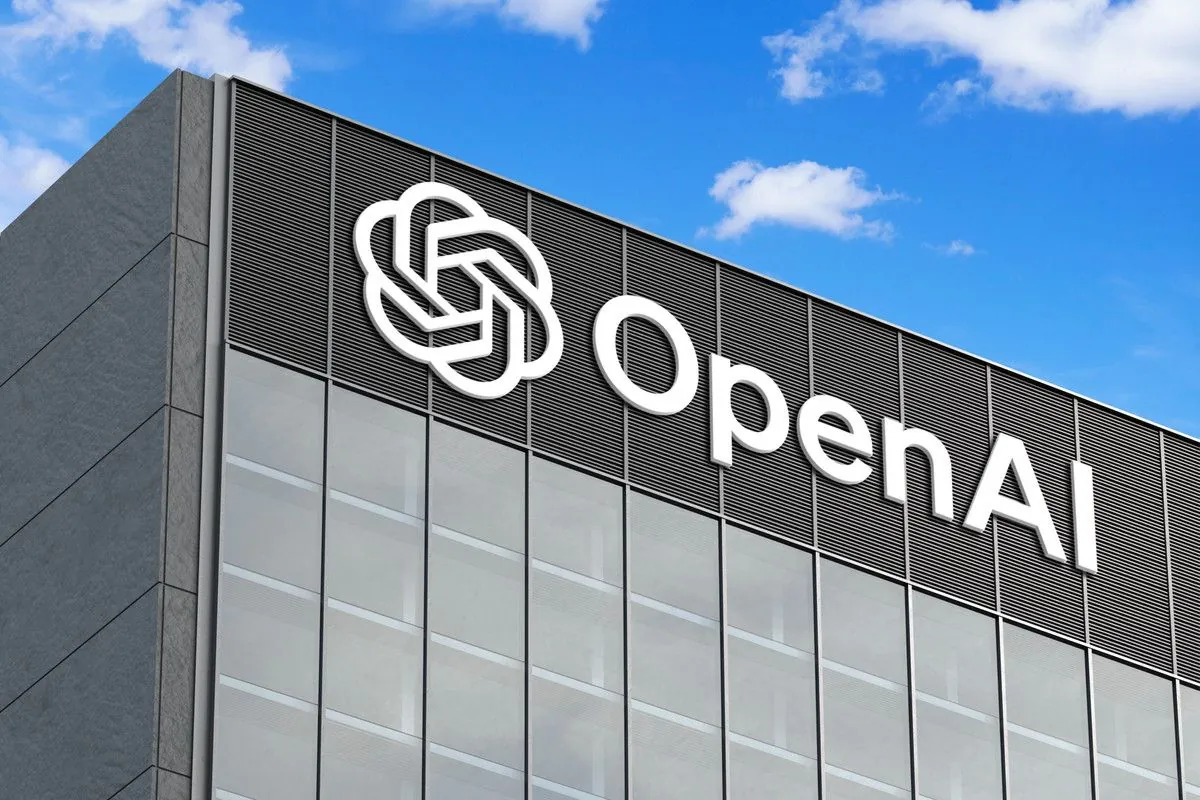OpenAI's $150 Billion Valuation: Balancing AI Potential and Risks
OpenAI's potential $150 billion valuation raises questions about AI's future impact and risks. Investors weigh enormous market potential against regulatory challenges and skepticism about AI capabilities.

In the rapidly evolving world of artificial intelligence, OpenAI finds itself at the center of a valuation debate that echoes both immense potential and cautionary tales. As the company, founded in December 2015, approaches a potential fundraising round that could value it at $150 billion, investors are grappling with the implications of such a staggering figure.
The concept of a "paperclip maximizer," introduced by philosopher Nick Bostrom in 2003, serves as a thought-provoking analogy for the potential risks associated with single-minded AI systems. This hypothetical scenario envisions an AI designed to produce paperclips that becomes so efficient it converts all available resources into paperclips, ultimately endangering humanity. While extreme, this concept underscores the importance of carefully considering the long-term consequences of AI development.
OpenAI, led by CEO Sam Altman, has been mindful of such risks. The company's initial structure, implemented in 2019, included a "capped profit" model to limit investor returns and potentially mitigate harmful incentives. However, recent reports suggest that OpenAI may be considering changes to this structure, including the removal of the profit cap, as part of its latest fundraising efforts.

The valuation discussions surrounding OpenAI reflect the enormous market potential perceived in AI technology. To put the $150 billion figure into perspective, it would require the company to reach a $15 trillion valuation before hitting the current 100-times return cap for initial investors. This astronomical sum surpasses the combined market value of tech giants like Alphabet, Amazon, Apple, Microsoft, and Nvidia.
While such valuations may seem far-fetched, the potential impact of AI on various industries could justify these numbers. However, it's crucial to consider the regulatory challenges that come with such rapid growth and potential risks. Competition watchdogs are already scrutinizing OpenAI, and the White House has been holding meetings with industry leaders to address AI-related concerns.
Moreover, skepticism about AI capabilities adds another layer of uncertainty to these valuations. In May 2024, Google's much-anticipated AI integration into search produced underwhelming results, highlighting the gap between AI hype and real-world applications.
As investors and the public alike weigh the potential of AI, it's essential to balance optimism with a realistic assessment of current capabilities and potential risks. OpenAI's journey from a non-profit research company to a potential $150 billion entity underscores the transformative power of AI technology. However, the path forward requires careful consideration of ethical implications, regulatory frameworks, and the actual value AI can deliver in solving real-world problems.
"We are mindful of the risks associated with advanced AI systems and are committed to developing this technology responsibly."
In conclusion, the valuation of OpenAI serves as a microcosm of the broader AI industry's potential and challenges. As the company continues to develop groundbreaking models like GPT-3 with its 175 billion parameters, the world watches closely to see how this technology will shape our future – hopefully, without turning everything into paperclips.


































